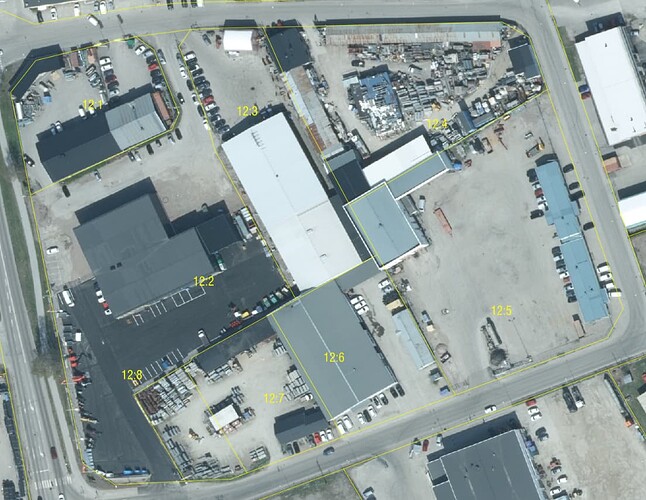I don’t think that would be mutually exclusive.
Just to add another viewpoint:
landuse=industrial (without subtags) says something about the general use of an area; within its extent can be multiple (completely unrelated) industries and also related infrastructure such as roads etc. Like most landuse= tags it doesn’t refer to a specific object but rather the general area. It doesn’t make much sense for landuse=industrial to have an operator= tag, though it could have a name= tag in some cases (for example, “Näringen” here is the name of an area with various companies, most of which are industrial).
man_made=* (as well as building=industrial) refer to specific physical objects within an industrial area (though they can also be situated within a different landuse=). Can have addresses, operator and even names, but they all refer to that specific object.
But neither of these can be used to map and refer to the entity “ACME Sawmill”, which is what industry= (or whatever) would then be used for. The industry= element (area or node) would then commonly have both name, address and operator.
None of these would then be mutually exclusive, a well mapped area will both have a landuse=industrial, various industry= within and then various man_made=* and building=industrial within those (so it’s sort of a hierarchy, though not strict in the sense that each of these tags must be situated within another, they just usually will be/should).
As an example (yellow lines are property boundaries):
Here, the entire area would be landuse=industrial, most buildings would be building=industrial, there are at least a few man_made=mast, and each of the yellow-line-enclosed polygons would be a separate industry=.
One major issue that would need solving though is that this risks introducing a lot of confusion, what, for example, would be the difference between landuse=industrial+industrial=sawmill, craft=sawmill and industry=sawmill? For a new user that’s all just “a sawmill”.
I’m aware of man_made=works which has already been discussed here before, and maybe the best solution would be to just use it (for example man_made=works+product=steel, as is already documented for it), even though it goes slightly against the general “it should be a structure” of the key. But is that really enough to warrant introducing another tag, with the risk of fragmenting the ecosystem and putting a lot of effort into retagging?
(note that I’m neither particularly experienced in mapping industry, have done extensive research on current usages nor have read the full wiki pages recently, this is based on what the terms and tags “mean to me” and which I would find logical without reading documentation extensively)

